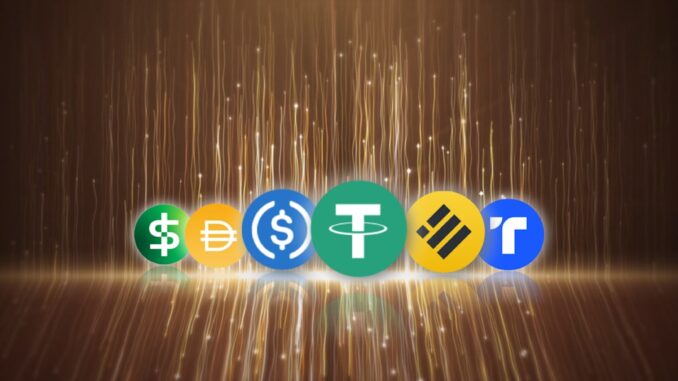
In a recent Senate hearing, U.S. Treasury Deputy Secretary Scott Bessent projected that the stablecoin market could exceed $2 trillion by 2028, provided there is supportive legislation. (theblock.co) This projection follows the enactment of the GENIUS Act, which mandates stablecoin issuers to back their tokens with liquid assets like U.S. dollars and Treasury bills. (reuters.com)
The GENIUS Act, signed into law by President Donald Trump on July 18, 2025, establishes a regulatory framework for stablecoins—cryptocurrencies pegged to the U.S. dollar. The law requires stablecoins to be fully backed by liquid assets and mandates monthly public disclosure of reserve compositions. Treasury Secretary Scott Bessent praised the move, stating that it strengthens the dollar’s global role and boosts Treasury bond demand. (reuters.com)
Assistance with token financing
Stablecoins have become a significant force in the U.S. Treasury market. As of June 2025, stablecoin issuers held over $200 billion in U.S. debt, accounting for about 2% of the overall Treasury market. This demand is expected to grow as more financial institutions adopt stablecoins for various financial transactions, necessitating larger Treasury holdings. For instance, a $10 billion increase in the market cap of USDC could translate directly into $10 billion in Treasury purchases. (reuters.com)
However, not all financial institutions share the same optimism. JPMorgan analysts have expressed skepticism about the Treasury’s $2 trillion stablecoin forecast, citing concerns over the underdeveloped infrastructure and conservative investor behavior in stablecoin adoption. They expect the sector to grow at a more measured pace, likely doubling or tripling by 2028. (cryptobriefing.com)
The rapid growth of stablecoins has raised several regulatory and financial stability concerns. The U.S. Treasury has highlighted risks such as run risk, payment system risks, and potential concentration of economic power. To address these concerns, the Treasury has recommended legislation to ensure that stablecoins are subject to a consistent and comprehensive regulatory framework. (home.treasury.gov)
In conclusion, the intersection of stablecoins and U.S. Treasury securities represents a significant evolution in the financial landscape. While the potential for growth is substantial, it is crucial to balance innovation with regulatory oversight to ensure financial stability and protect consumers.


Be the first to comment